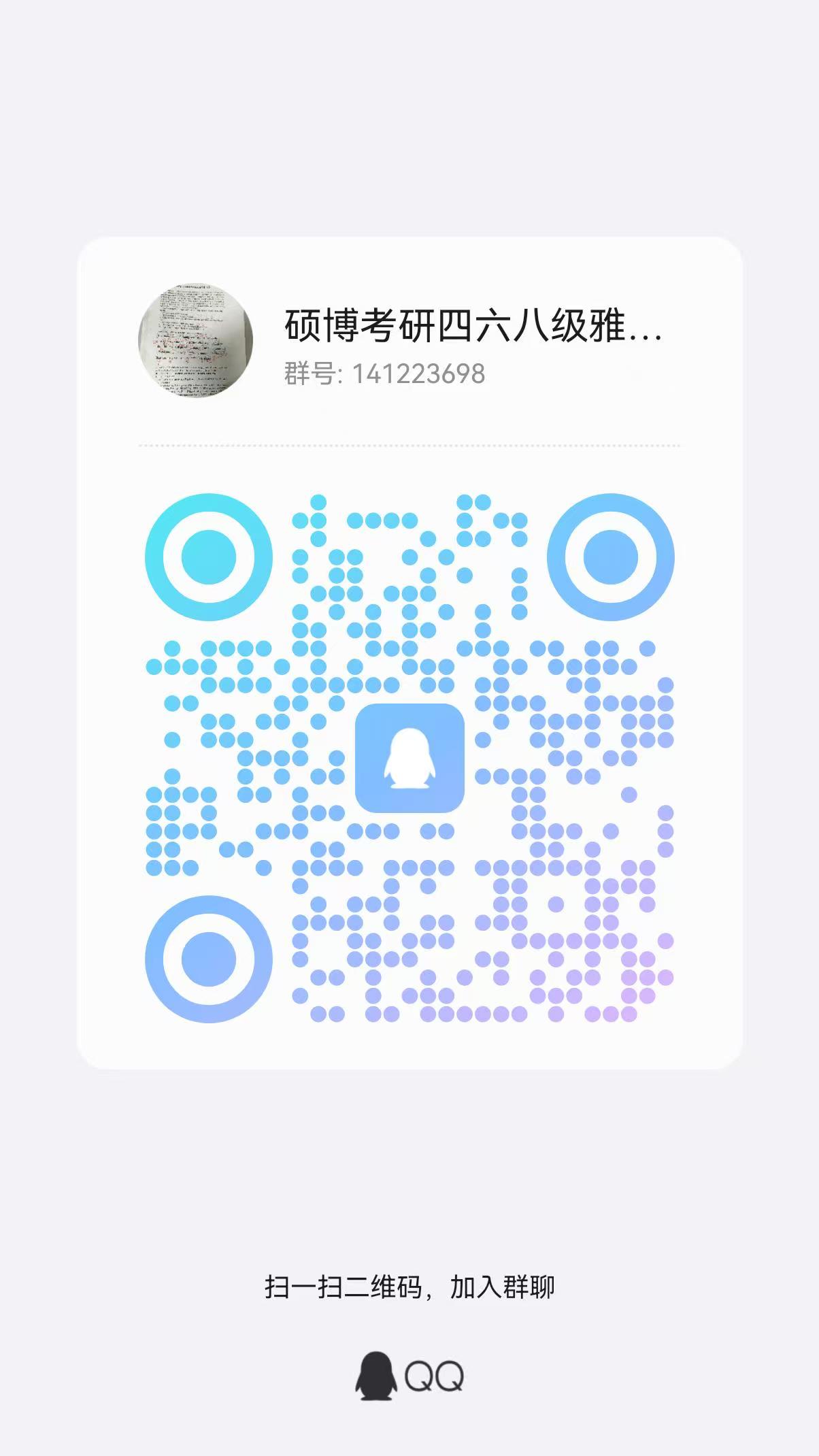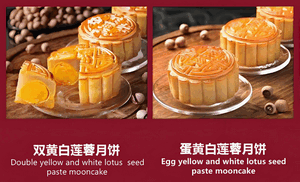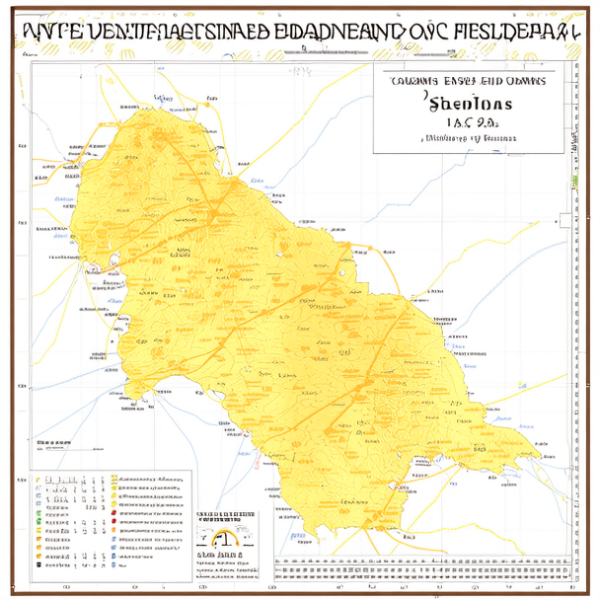Wd提问: High-yieldbond
Ai批改: A high-yield bond, also known as a junk bond, is a type of bond that offers a higher yield (or return) to compensate for a higher level of risk、Here's a brief overview:
Characteristics:
1、Higher credit risk: High-yield bonds are issued by companies with lower credit ratings, which means they have a higher risk of defaulting on their debt obligations.
2、Higher yield: To compensate for the higher risk, high-yield bonds offer a higher interest rate or yield than investment-grade bonds.
3、Speculative investment: High-yield bonds are considered speculative investments, as there's a higher risk that the issuer may default on payments.
Types of high-yield bonds:
1、Fall-en angel bonds: These are bonds issued by companies that have been downgraded from investment-grade to high-yield status due to financial difficulties.
2、Distressed debt: These are bonds issued by companies facing financial distress or nearing bankruptcy.
3、New issue high-yield bonds: These are bonds issued by companies looking to raise capital, often with a lower credit rating.
Investor considerations:
1、Risk-reward tradeoff: Investors must weigh the potential for higher returns against the increased risk of default.
2、Diversification: High-yield bonds can be used to diversify a portfolio, but it's essential to maintain a balanced risk profile.
3、Credit research: Investors should conduct thorough credit research to assess the issuer's financial health and ability to meet debt obligations.
Market dynamics:
1、Liquidity: High-yield bond markets can be less liquid than investment-grade bond markets, making it harder to buy or sell bonds quickly.
2、Volatility: High-yield bond prices can be more volatile than investment-grade bonds, reflecting changes in market sentiment and credit conditions.
3、Economic sensitivity: High-yield bonds are often sensitive to economic conditions, with spreads widening during recessions or periods of economic stress.
Key benefits:
1、Income generation: High-yield bonds can provide attractive yields in a low-interest-rate environment.
2、Diversification: Adding high-yield bonds to a portfolio can help reduce reliance on traditional fixed-income assets.
3、Opportunity for capital appreciation: If the issuer's creditworthiness improves, the bond's value may increase.
Key risks:
1、Default risk: The issuer may default on interest or principal payments.
2、Credit rating downgrades: A downgrade in credit rating can lead to a decrease in bond value.
3、Interest rate risk: Changes in interest rates can affect bond prices.
Investing in high-yield bonds requires careful consideration of the risks and potential rewards、It's essential to assess your personal risk tolerance, investment goals, and overall financial situation before investing in these bonds.
0
IP地址: 247.66.99.44
搜索次数: 57
提问时间: 2025-04-11 11:45:46
热门提问:
外汇交易费多少
金手镯多少克好看
lelabo网上在哪买
ai绘画 应用场景
一角外汇兑换券值多少钱
关于黄金的
介绍域名avantcarpet.com的含义、价值与适合的行业。
开平市新楼盘价格
二手黄金饰品回收电话
全能ai数字人
豌豆Ai站群搜索引擎系统
关于我们:
三乐Ai
作文批改
英语分析
在线翻译
拍照识图
Ai提问
英语培训
本站流量
联系我们

温馨提示:本站所有问答由Ai自动创作,内容仅供参考,若有误差请用“联系”里面信息通知我们人工修改或删除。
技术支持:本站由豌豆Ai提供技术支持,使用的最新版:《豌豆Ai站群搜索引擎系统 V.25.05.20》搭建本站。
















